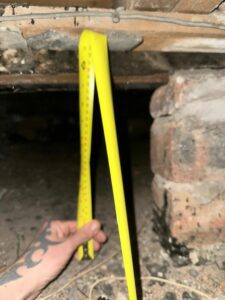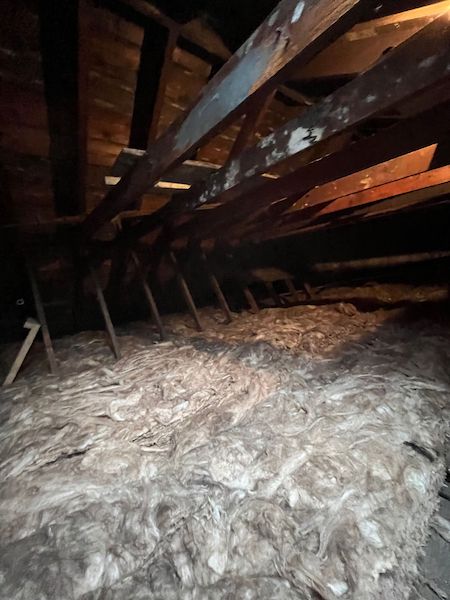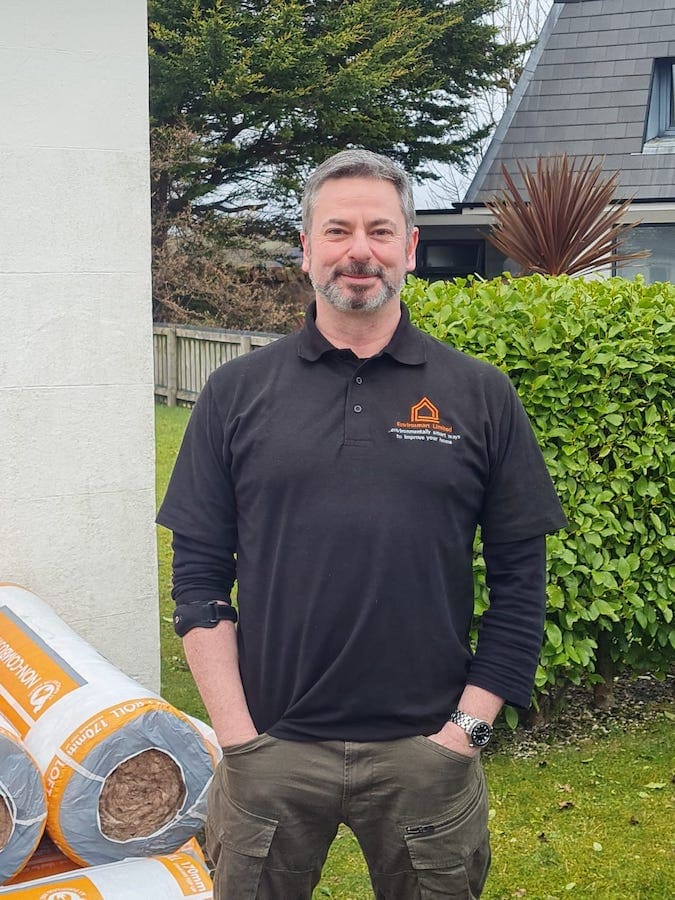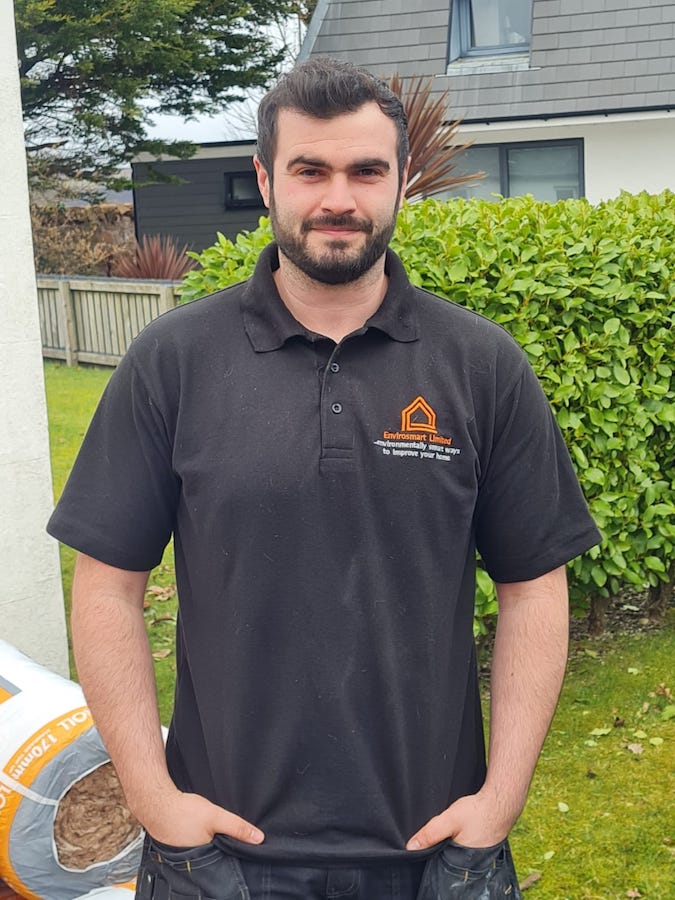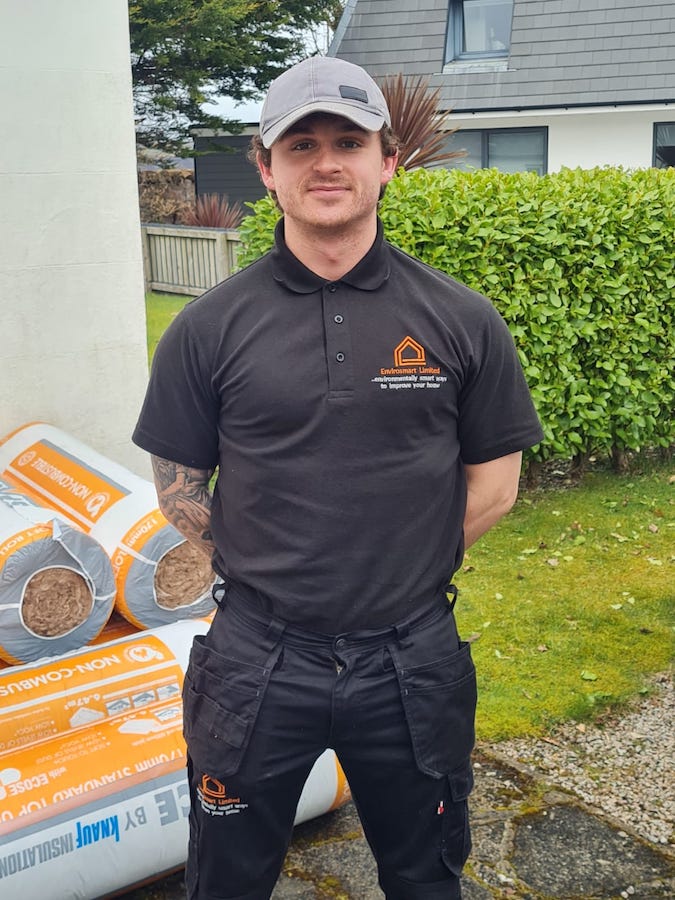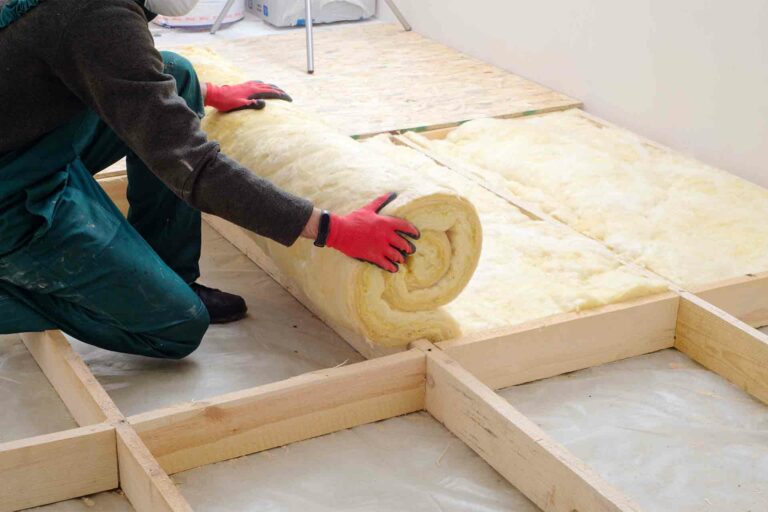UNDERFLOOR INSULATION SERVICE IN SCOTLAND
Envirosmart Ltd - sustainable underfloor insulation in Scotland
We specialise in underfloor insulation and renewable energy solutions, employing only top-quality environmentally friendly materials in all our installations. Our certified installers possess extensive expertise in various aspects of home energy efficiency programs, following the guidelines recommended by the Energy Savings Trust.
Loft, Roof, Wall & Underfloor Insulation
We specialise in:
- - Therma fleece, sheeps wool insulation.
- - Knauf Earthwool and Rockwool insulation.
- - SuperQuilt multifoil insulation.
PIR Insulation Boards
A grade insulation, thin, light, durable, stable, humidity proof, pressure resistant and compliant in building regulations.

